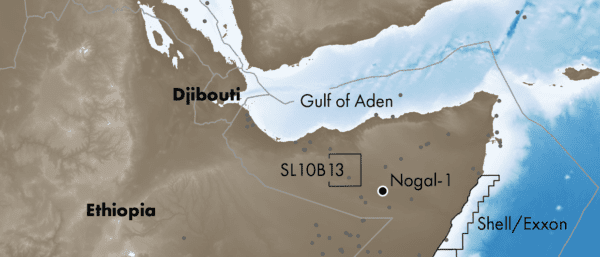Unlocking Oil and Gas Potential in the Horn of Africa
The Horn of Africa, comprising Eritrea, Djibouti, Ethiopia, and Somalia, boasts ancient geological trends revealing Gondwana’s fragmentation.
Despite decades of exploration since the 1940s, there’s no oil or gas production.
Notably, Eritrea’s offshore basin in the 1950s yielded oil discoveries, with recent drilling in 2005 by Perenco in the Red Sea Basin.
Ethiopia’s Hilala and Calub gas fields, discovered by Tenneco in the 1970s, faced setbacks with Tenneco’s expulsion in 1977. The USSR’s SPEE took over but lacked progress, leading to the cancellation of POLY-GCL contracts in 2022.
The 1.6 TCF El-Kuran field could enhance the region’s gas prospects, with New Age Limited considering surrendering Block 8 pending Hilala and Calub development.
Djibouti’s exploration is minimal, and Oyster Oil and Gas likely relinquished blocks awarded in 2011.
Somalia, after limited activity, experienced stability in 2009, encouraging offshore seismic campaigns.
Shell, ExxonMobil, and Coastline Exploration hold key blocks, with plans for a new 3D seismic in 2023-2024. Notable successes include Conoco’s Nogal-1 in Puntland and upcoming plans by Genel Energy in Somaliland.
In summary, the Horn of Africa holds vast hydrocarbon potential, with past attempts and near misses. Modern seismic imaging technology is crucial for unlocking these proven hydrocarbon systems and achieving commercial success.



